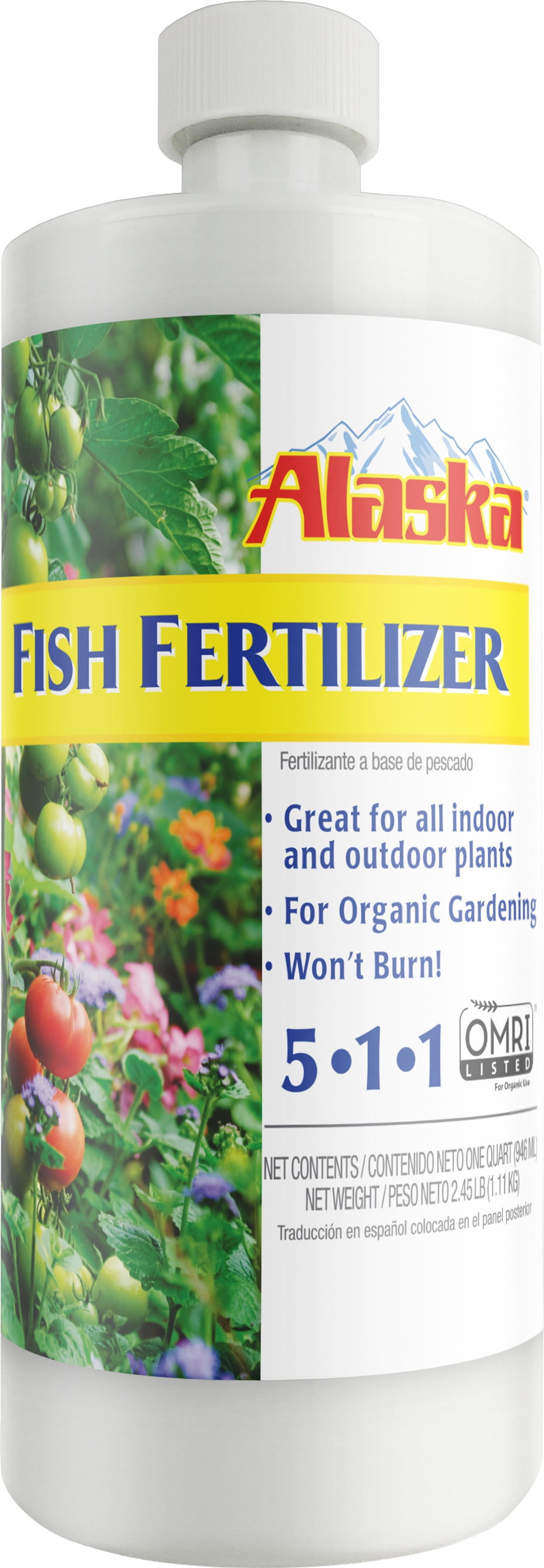


“Seaweeds grow in abundance in the oceans, many of which are edible and safe for human consumption. I’m not sure what’s up, but we since switched to this organic seaweed extract instead.įrom the book “Seaweed Sustainability” – Academic Press:

This the seaweed extract that we love and use.Įdit: We used to use this seaweed extract (at the time of writing this post), but the formula recently changed and it no longer says OMRI listed for organic gardening. The plants can then absorb all that good stuff straight through their leaves. Additionally, seaweed extract can be used to make foliar sprays. The harvest and cultivation of kelp is widely recognized as sustainable and environmentally-friendly! This is an excellent (and often overlooked) multi-purpose fertilizer one that can be used for much more than seedling care! When we don’t have time to make a batch of compost tea, we water our garden beds or house plants with it too. Seaweed extract is loaded with over 70 beneficial vitamins, minerals, micronutrients, and enzymes! It contains magnesium, potassium, zinc, iron and nitrogen – to name just a few.Ĭold-pressed kelp is commonly used to make seaweed extract. Just like people, a plant with a strong immune system has a stronger ability to fight off disease, pests, or rebound from stress. Both of these contribute to overall improved plant health and immunity. Seaweed extract helps the plants grow bigger and develop stronger root systems. It is nice and mild, making it very difficult to shock or harm your seedlings unless you really overdo it. Many gardeners, us included, like to use a dilute organic seaweed extract fertilizer. What should I fertilize my seedlings with? Seedlings about this size would be ready for their first feeding. Those leaves will more closely resemble what the mature leaves of the plant will look like. The two leaves that come after the cotyledon are their “true” leaves. These are the cotyledon leaves – their embryonic leaves. What are true leaves? When a seed germinates, the first set of little leaves that emerge (often heart-shaped, and often looking exactly alike between dozens of varieties of veggies) are not the true leaves. About 3 to 4 weeks after germinating is a good target, about the time you’d want to start to thin them also. Wait until after first couple sets of “true leaves” appear, and then start to feed them very lightly. Not too early, not too late, not too much. This is sort of a Goldilocks and The Three Bears kind of story. It is a lot better to keep them satiated then wait until they’re in trouble, and try to correct the damage. The best time to start fertilizing your seedlings is before they begin to get cranky. Signs of distress include yellowing leaves, stunted growth, and even disease or death.

Like any good baby should, they will get very cranky if you don’t feed them when they want it. But as they start to mature, they’re also going to start to get hungry. The seed itself contains all the food and nutrients that the little plant they produce needs for those first few weeks after sprouting. When do I start to fertilize my seedlings? Let me show you how we fertilize our seedlings seaweed extract fertilizer to help keep them healthy and strong! It is very simple, and will make for a pretty quick post! At the end, you’ll find a demonstration video. Fertilizing seedlings with seaweed extract can help solve that! It is gentle, sustainable, and effective. On the other hand, as they begin to grow, that fluffy seedling mix quickly becomes too light and won’t be nutritious enough to keep them happy for very long. It can actually harm them, or “burn” the seed and prevent germination! That is fine (for now) because tiny seedlings do not need or like fertilizer in the first couple weeks after sprouting. If your new baby seedlings are a few weeks old now, it may be about time to feed them for the first time! In best practice, seeds are sowed in very mild, light, fluffy seedling starting soil mix, which is generally pretty devoid of nutrients.


 0 kommentar(er)
0 kommentar(er)
